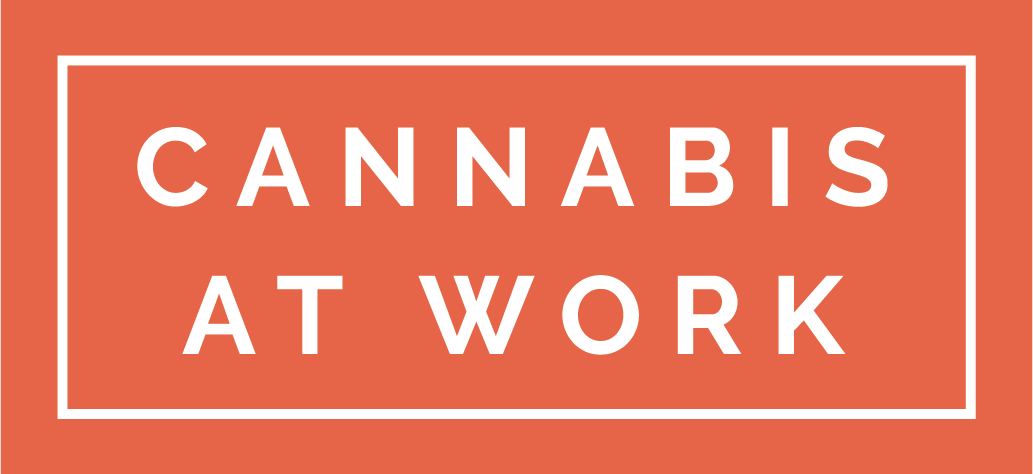When I started to learn about the medical benefits of cannabis, I was truly fascinated. When I saw the miraculous change in children suffering from seizures and other terrible diseases, I had to know more.
It has been discovered there are more than 480 natural components found in cannabis, of which 66 have been classified as "cannabinoids". Here are some that are commonly discussed:
THC – delta9tetrahydrocannibinol. (One of the main psychoactive properties.)
CBD – Cannabidiol. (Not to be confused with…)
CBN – Cannabinol.
Each of these properties has its own medicinal benefits. What is intriguing to me is that our bodies have an “endocannabinoid” system that naturally produces cannabinoids.
What Is The Endocannabinoid System?
Endocannabinoids and their receptors are found throughout the body. They are in the brain, in our organs, connective tissues, glands, and immune cells. In each tissue, the cannabinoid system performs different tasks, but the goal is always homeostasis (maintenance of an internal stable environment).
What Are Cannabinoid Receptors?
Cannabinoid receptors are present throughout the body, embedded in cell membranes, and are believed to be more numerous than any other receptor system. When cannabinoid receptors are stimulated, a variety of physiologic processes ensue.
If you’d like to geek out even more, read the literature published by Health Canada.
Phytocannabinoids are plant substances that stimulate cannabinoid receptors. THC, is the most psychoactive, but other cannabinoids such as CBD and CBN are gaining the interest of researchers due to a variety of healing properties. Most phytocannabinoids have been isolated from cannabis sativa.
THC, CBD and CBN can be found it the cannabis plant, but they have also been replicated in pharmaceuticals.
Synthetic THC, marketed as Marinol and Cesamet, are both FDA approved drugs. They have been used to treat chronic pain, migraine, and other serious conditions.
I can’t help but think it’s ironic that synthetic THC is an approved drug, but the natural version is illegal in many places around the world.
Unlike synthetic imitations, herbal cannabis may contain hundreds different cannabinoids that all work synergistically to produce better medical effects and less side effects than THC alone.
This is called the entourage effect (or ensemble effect), a concept based on mounting evidence that the properties in cannabis work better when compounded together, rather than in isolation.
Overall the study of medical cannabis is in its infancy. I’m intrigued what we will know in 5 or 10 years about the benefits of medical cannabis as its studied formally in the years to come.
If you'd like to learn more on this topic, I found this CannaInsider interview with Dr. Lester Grinspoon of Harvard Medicine very interesting.
References: Introduction to the Endocannabinoid System

